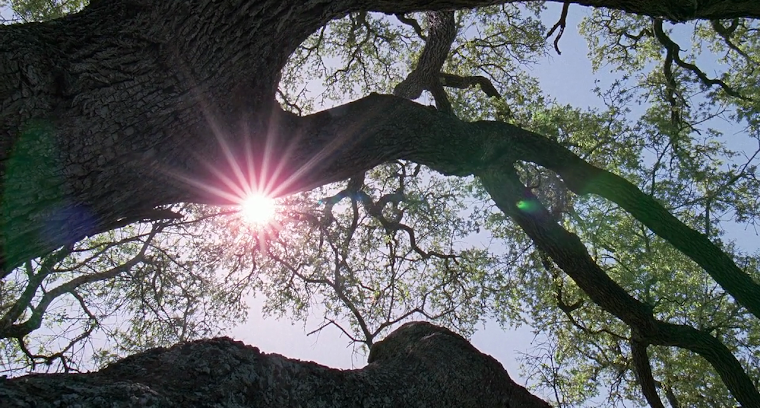 The drag queen couldn't save this movie from being a real drag
The drag queen couldn't save this movie from being a real dragThere’s something strange going on in England. I blinked my eye once, and missed the diversification of its one-genre film industry - all those period films! Now, every other film from the UK looks like a remake of The Full Monty. In a small town in the English Midlands, ordinary blue-collar workers seek a way to reverse their fortunes after the local factory closes, or threatens to close. Their plans inevitably involve something naughty – a male strip club in The Full Monty, a nude calendar in Calendar Girls. You know that despite a long teething process (which will generate some laughs), all will end well. It’s a formula that gets more trite, predictable and crowd-pleasing with every subsequent movie, but Kinky Boots is sufficiently gimmicky to avoid boredom.
In Northampton, the traditional industry is shoemaking. Obligation to tradition is what keeps Charlie Price (Joel Edgerton) from selling the family factory when he inherits it upon his father’s death. “There’s always a Mr Price in Price & Sons. You’re our Mr Price now,” explains an aged employee. This tradition is something that young Charlie grew up with, under the tutelage of his father (there’s a sentimental opening sequence that reminds me of the advertisements for Werther’s Original toffee candies). It’s also a tradition that grown-up Charlie feels stifled by, and longs to escape. Yet when the new Mr Price learns that the factory is a few weeks away from bankruptcy (great advertisement for the joys of globalisation), the reluctant owner decides to find ways to keep the factory afloat. Following a chance encounter with Lola (Chiwetel Ejiofor), a London drag queen, Charlie strikes on the idea to create a line of ladies’ boots designed for the comfort of their male wearers. For the rest of the movie, outré Lola and staid Charlie will have to learn how to work together as partners, as well as gain the respect and trust of the workers in the Southampton factory.
As the central character of the story, Charlie is flat, insipid and uninteresting – I never quite get why he would want to escape from an equally uninteresting town and family tradition. Charlie may wear sneakers to work as a minor sign of rebellion, but all the audience knows about him in the beginning and by the end of the film can still be summed up by “reluctant heir trapped by tradition yet obliged to save family business”.
Chiwetel Ejiofor saves the show from its predictable setting with his muscular portrayal of the drag queen Lola. Loud and brassy, confident and charismatic, Ejiofor’s Lola steals the show in every scene he appears by avoiding stereotypes of overdramatic, preening and strutting comical men-women. He sings brilliantly – and I suspect Ejiofor would be on top of the list if MGM decides to let a male singer perform the main title theme for the next Bond movie. I was more than entertained by Lola’s numerous cabaret show numbers and his larger-than-life persona. When confronted with Charlie’s timid first attempt at a men’s ladies boots, Lola goes ballistic: “Tell me I have not inspired something burgundy.” What colour should a sexy pair of boots fit for a drag queen be? “Red… Red, RED!!” Lola hisses, then roars. Ejiofor is so engaging that scenes without him feel lethargic and lacking.
Ejiofor has played in almost every film genre, tackling roles varying from a Nigerian doctor in Pretty Little Thing to a polite villain in sci-fi opera Serenity and even a hardboiled detective in the thriller Inside Man. The actor fits into the Lola role like a glove, yet plays Lola unlike any drag queen you’ve ever seen. It’s not a stretch to say that this won’t be the last of the UK-born actor’s memorable roles. His portrayal of Lola invites audiences to empathise with and admire the character, and makes it easier to believe that he can win over the entire workforce of a factory located in a conservative town in just a matter of weeks.
Yes, the moral of Kinky Boots is “drag queens are people too”. It’s a very simple message that gets hammered in during the almost glacial non-musical sequences, a piece of tedious sermonising that surely must be the punishment for the excessive entertainment and joy of Lola’s performances on and off-stage. That’s a hardly revolutionary sentiment and feels about 20 years outdated, even in conservative Asian values Singapore. For a drag queen whose act oozes sex appeal, and who rants about boots that are “2½ feet of tubular sex”, Lola is pretty sexless, neutered, inoffensive, clean enough for a PG rating. While even insipid Charlie gets his woman (a pitiable waste of Sarah-Jane Potts in a “stand by your man” love interest), Lola gets... well, we don’t know what Lola wants or what Lola gets. It’s a flaw of the script that the only way for audiences to love the drag queen character is to make him devoid of sex.
First published at incinemas on 11 May 2006















